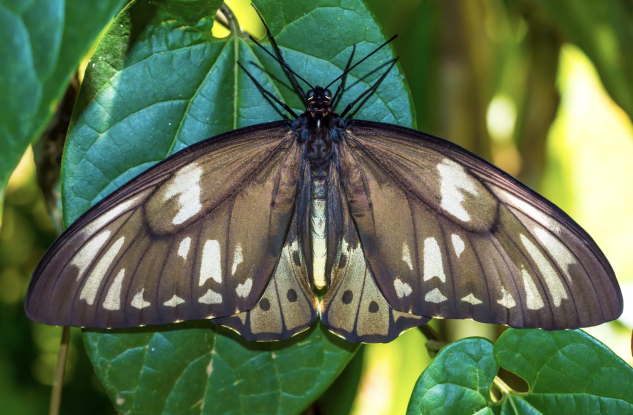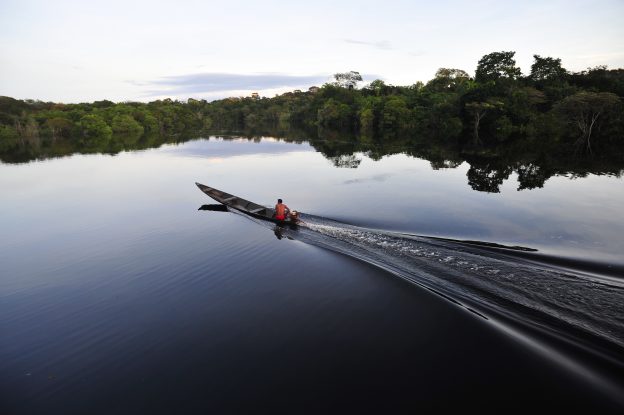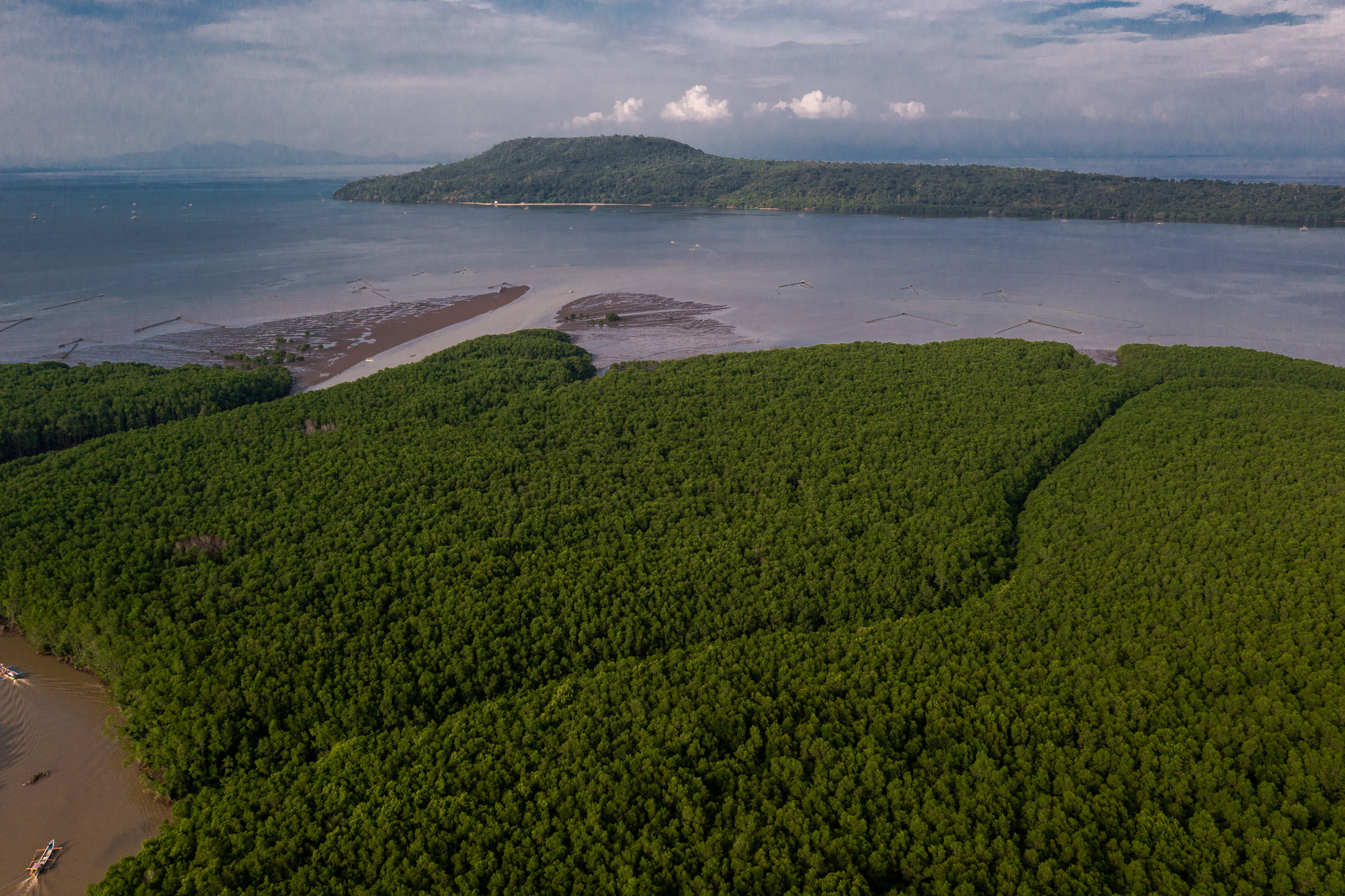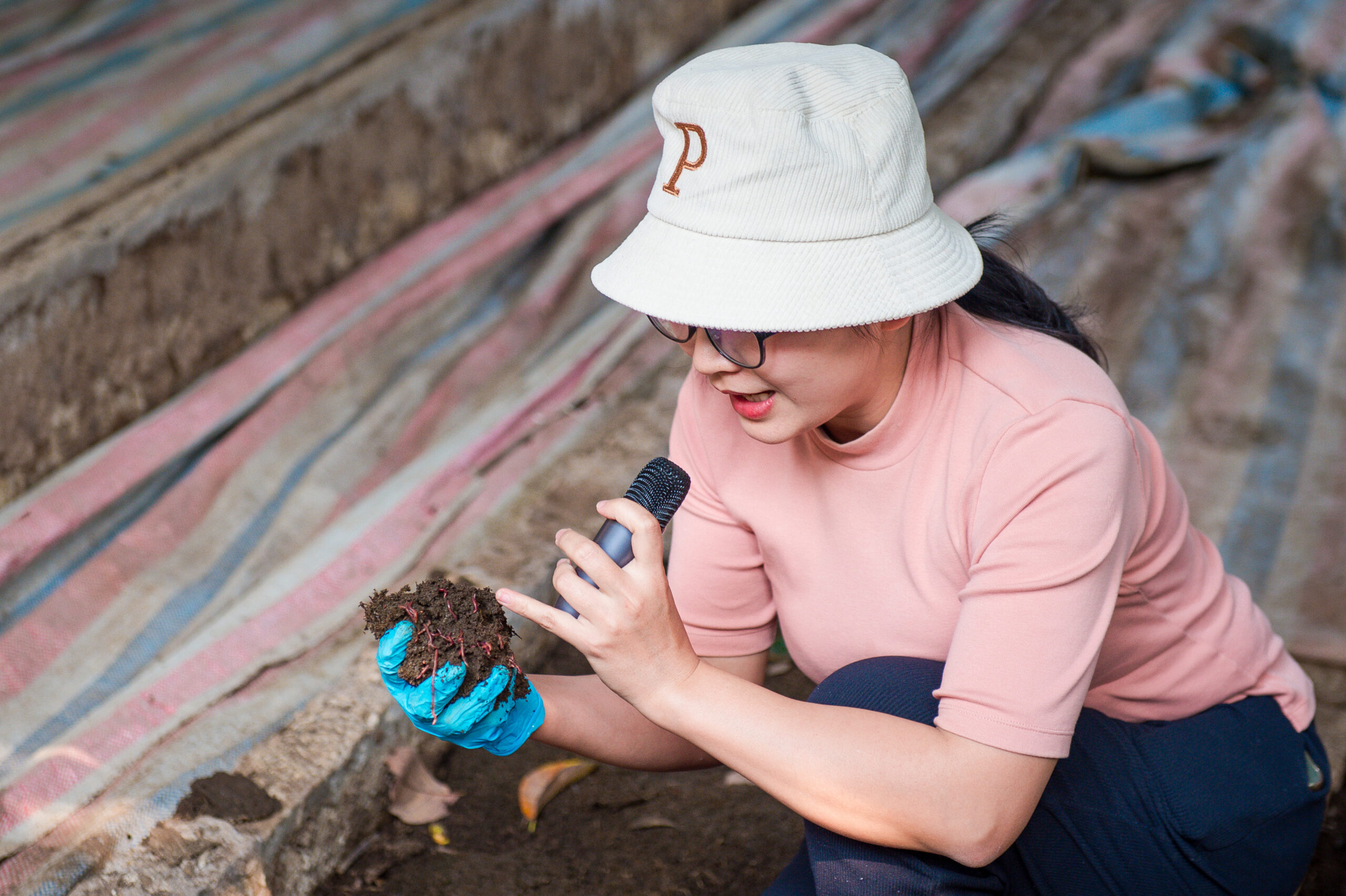We often forget just how strong an impact pests and disease can have on human settlement and land use. The case of the blood-sucking tsetse fly, which transmits trypanosomisis to both cattle and humans, highlights that point.
The tsetse fly causes livestock sickness and death in over ten million square kilometers in Africa. Woodlands, savannas, and wooded grasslands cover most of that. This not only depresses meat and dairy production, it also limits the availability and strength of oxen required for plowing. As a result, farmers in tsetse fly infested regions in Ethiopia, Nigeria, Tanzania, Zambia, and other countries tend to have fewer cattle and to cultivate less land.
Recent papers by Robin Reid and her colleagues at the International Livestock Research Institute (ILRI) show that tsetse fly control in southwest Ethiopia stimulated a notable increase in cropped area there.Expansion into wooded grasslands did not affect vegetative cover and the number of species much. However, the encroachment of crops and livestock into biologically rich riparian forests did.
According to the authors, tsetse fly control has the greatest impact on crop land expansion when: 1) few factors besides trypanosomosis limit agricultural production, 2) farmers traditionally use livestock to plow their land, 3) land preparation requires a lot of labor due to local soil conditions, and 4) large amounts of uncultivated land remain available.








